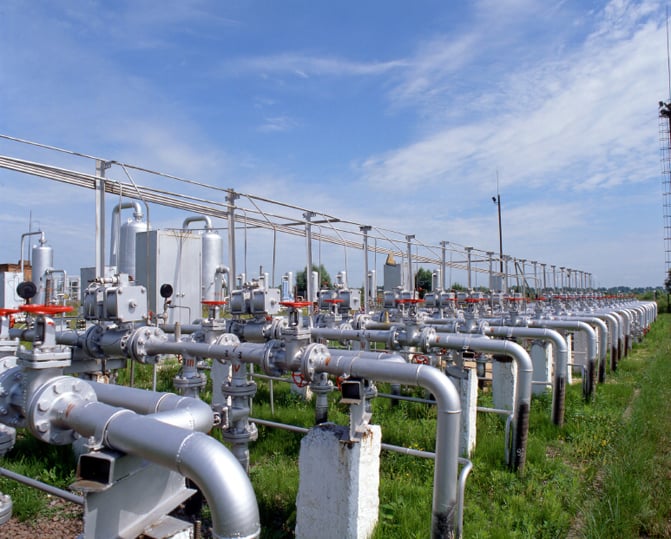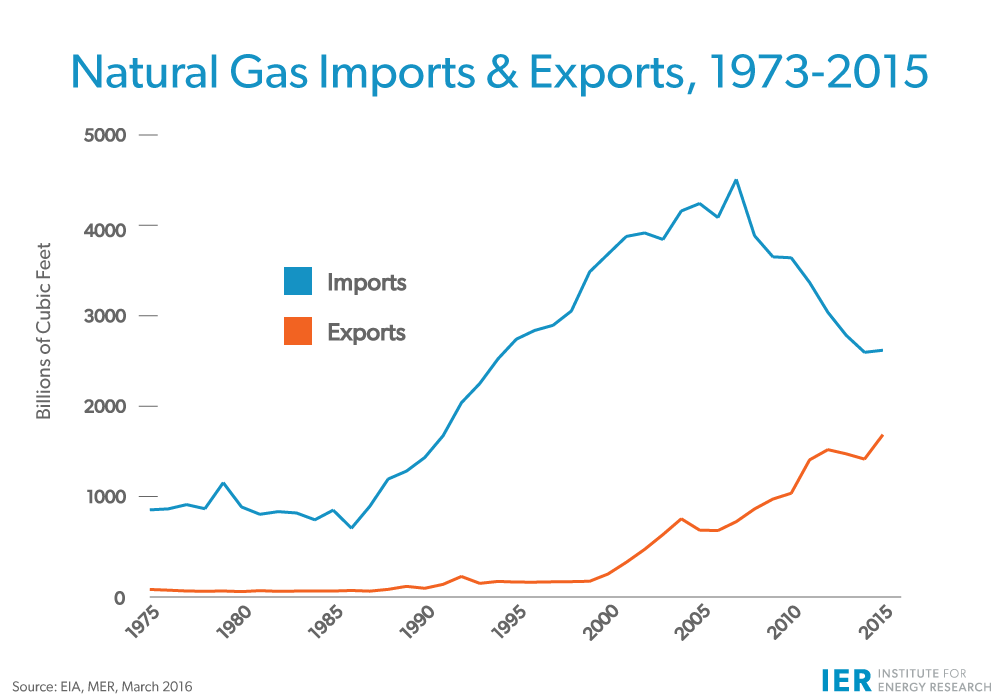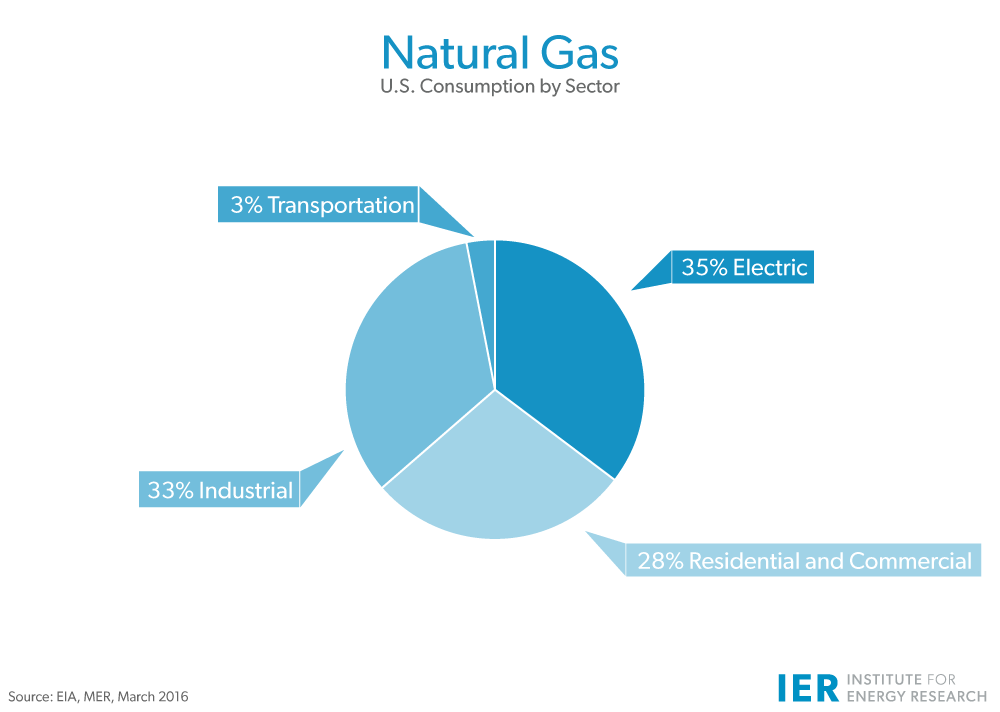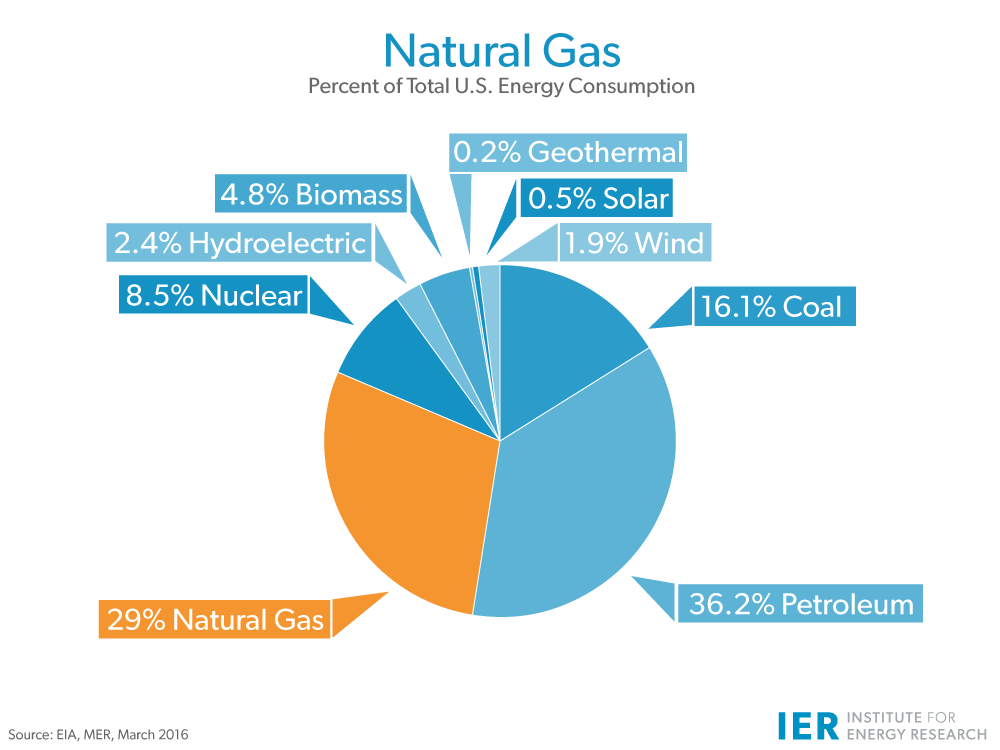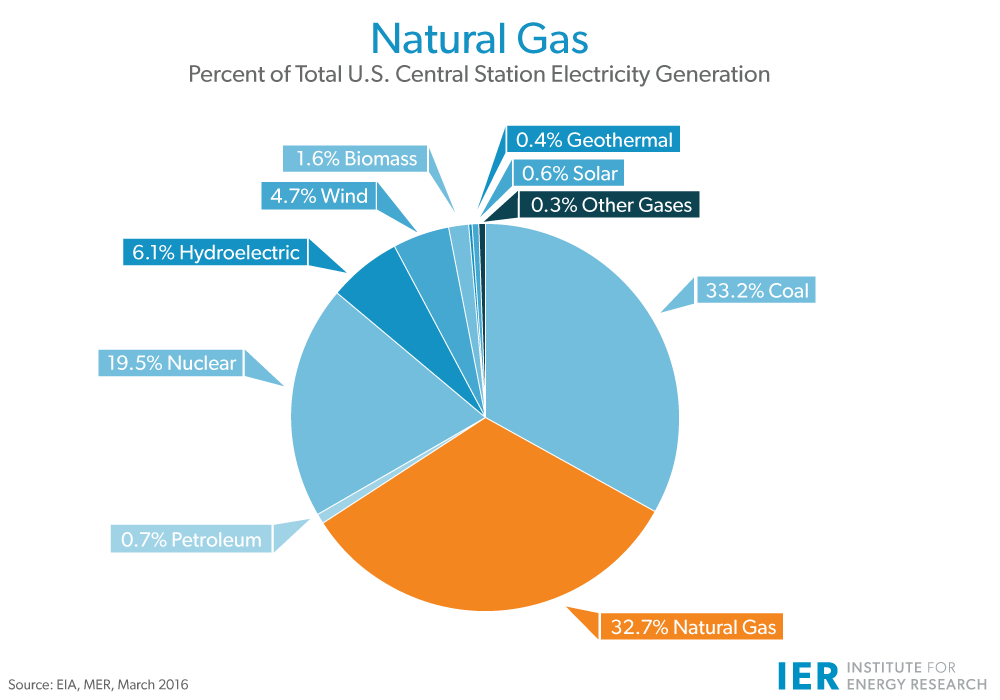Natural gas is colorless, odorless fossil fuel gas that is prized for its cleanliness and its many uses – including energy. It is produced in much the same way as oil, and in fact is often produced in conjunction with oil.
Natural gas is a principal component of modern chemistry and, as such, plays a central role in our quality of life. It is an essential material in such products as propane, paints, fertilizer, plastics, antifreeze, dyes and medicines.
As one of the most versatile building blocks of our way of life, it is consumed by industry as both an energy source and a basic feedstock. Families and businesses depend on it for heating and cooling. It has increasingly been viewed as a dependable and clean transportation fuel, powering urban mass transportation systems reliably and safely. It also holds great promise as a reliable source of hydrogen. Few Americans go a day without its use in some form or fashion.
American Supplies
The most environmentally-friendly of the fossil fuels, natural gas provides 29 percent of our total energy supply [1] and generates approximately 33 percent of our electricity.[2]
Currently, US proven natural gas reserves are 369 trillion cubic feet [3], and experts believe North America is blessed with huge natural gas supply potential. In 2015, production of natural gas in the US was 27.1 trillion cubic feet (tcf) while demand was 27.5 tcf.[4]
As demand for this energy source has been greater than domestic production, the US has been importing natural gas, principally from Canada via pipelines. We also import some liquefied natural gas (LNG) which is transported by ship from overseas. Importing LNG requires special port facilities that can receive the gas that has been condensed using extremely cold temperatures – lower than -260 degrees Fahrenheit. Because of the vast supplies of shale natural gas and the advent of hydraulic fracturing and horizontal drilling to retrieve it, natural gas producers in this country are now rebuilding LNG import terminals into LNG export terminals after receiving the proper government approvals. The U.S. Department of Energy and the Federal Energy Regulatory Commission have approved a number of LNG export terminals, and the first LNG exports left the United States during the first quarter of 2016. However, most of our natural gas production is used either domestically or shipped via pipeline to Canada or Mexico.
[1] Energy Information Administration, Monthly Energy Review, March 2016, http://www.eia.gov/totalenergy/data/monthly/pdf/sec1_7.pdf .
[2] Energy Information Administration, Monthly Energy Review, March 2016, http://www.eia.gov/totalenergy/data/monthly/pdf/sec7_5.pdf .
[3] Energy Information Administration, Natural Gas Reserves, http://www.eia.gov/dnav/ng/ng_enr_sum_a_EPG0_R11_BCF_a.htm
[4] Energy Information Administration, Monthly Energy Review, March 2016, http://www.eia.gov/totalenergy/data/monthly/pdf/sec4_3.pdf .


